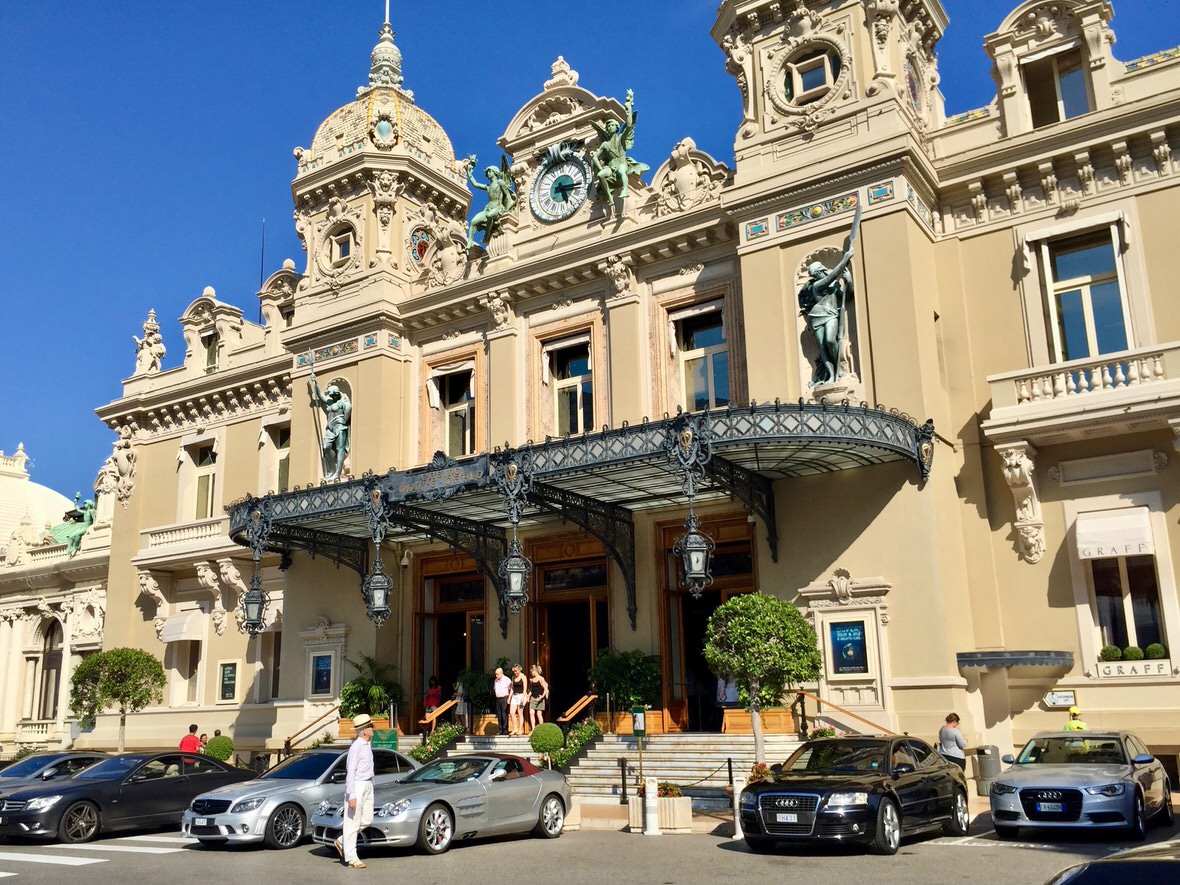
Within a vibrant and stimulating world of gaming establishments, wherein luck and strategy intertwine, color and design play a key role in attracting gamblers. From the moment visitors step inside a casino or access a gaming platform, they are enveloped in a visual feast that grabs their attention and lures them to explore further. Bright colors, engaging graphics, and creative layouts are carefully crafted to create an environment of excitement and expectation, ultimately improving the gaming experience.
As gamblers move through the ever-changing landscape of casino games, they encounter a range of designs that not only serve aesthetic purposes but also affect feelings and decision-making. Colors like scarlet and yellow symbolize wealth and fortune, while soothing navy and emeralds can create a much tranquil environment. Understanding how these elements work together allows casinos to create an welcoming and energizing atmosphere that encourages players to engage with the games, spend more time at the tables, and increase their overall enjoyment.
The Science of Hue in Casino Games
Tint plays a crucial role in the creation of gambling games, influencing players’ feelings and responses. Vivid and bold shades, such as scarlet and yellow, are often used to stimulate enthusiasm and draw focus. These hues create a sense of immediacy and vitality, encouraging players to participate more eagerly with the experience. By thoughtfully selecting hues, creators aim to evoke emotions of pleasure and expectation, which can enhance the total gaming experience.
Distinct hues also have psychological meanings that can affect how participants perceive their odds of success. For example, emerald is frequently associated with luck and wealth, making it a popular choice in games like the roulette wheel and poker games. This connection can lead gamblers to feel more positive and assured in their gameplay, ultimately inspiring them to stake more. Comprehending these associations allows game creators to create environments that enhance player enjoyment and loyalty.
Moreover, the layout of gambling game interfaces often uses blended colors and differing hues to instruct player actions. For example, winning results may be emphasized with bright, opposing colors, creating a visual cue. This technique strengthens positive outcomes and supports repeated participation. By utilizing color psychology, gaming venues can design games that not only draw participants but also hold them interested and invested in their gaming experience.
Creative Elements that Engage Players
The aesthetic appeal of casino games is largely influenced by the implementation of vibrant colors. Lively and contrasting colors are deliberately chosen to create an appealing atmosphere that captures interest. For instance, reds and golds often signify good fortune and prosperity, which is why they are prevalent in the palettes of gaming machines and game surfaces. These colors not only attract players in, but they also stir emotions associated with excitement and anticipation, enhancing the total gaming experience.
In parallel to color, the aesthetic and layout of gambling games play a significant role in player attraction. Games are designed to be user-friendly, ensuring that players can quickly understand the rules and gameplay. Accessible interfaces, along with captivating graphics and motion, help maintain player interest and promote extended play sessions. The tactile elements, such as the feel of the controls and the sounds of the games, also contribute to a comprehensive sensory experience that keeps players immersed.
Finally, conceptual elements in game design can greatly influence gaming decisions. Many gambling games are inspired by popular culture, myths, or exploration motifs, incorporating symbols and characters that connect with players. These themes create a sense of immersion and connection, making each game feel unique. casino non AAMS legali in italia When players feel a connection to the concept, they are more likely to choose that game over others, leading to increased participation and enthusiasm within the casino environment.
Case Studies: Notable Gambling Game Designs
One noteworthy example of effective casino game design is the well-known slot machine series themed around blockbuster movies. Games such as those based on the Wizard of Oz and Game of Thrones utilize vibrant colors and top-notch graphics to immerse players in recognizable narratives. The application of lively visuals and entertaining sound effects captures the focus of players, establishing an affective connection to the theme. This strategy not just promotes longer play but also enhances the overall gaming experience, resulting in increased player retention.
Another effective case is the use of color psychology in table games like 21 and roulette. Casinos often develop these games with dark reds and greens, colors traditionally connected with luck and wealth. For instance, the emerald felt on a 21 table provides a soothing effect, while the crimson accents in the wheel invite excitement. This thoughtful use of color helps to create an inviting atmosphere that encourages players to participate, addressing their psychological impulses and increasing their enjoyment.
Finally, online casino games that include community features and vivid, colorful designs have achieved remarkable success in engaging players. Games like Zynga Poker and Slot-O-Mania leverage striking colors and playful animations to establish an inviting online environment. The inclusion of leaderboards, social sharing options, and in-app rewards promotes competition and community, pulling players in for longer sessions. Such designs not only make the games visually appealing but also highlight social connectivity, a vital factor in player retention and engagement within online casino environments.
